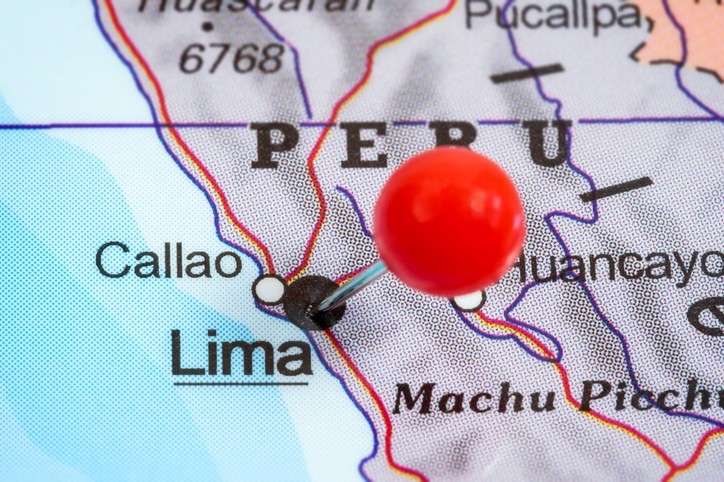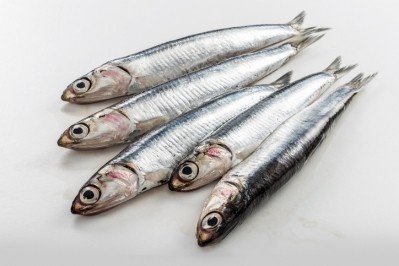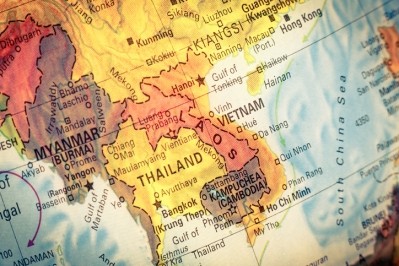Fishmeal sector reaping rewards of responsible oversight: analyst

As fishmeal prices go lower, we caught up with Gorjan Nikolik, senior analyst at Rabobank International, to get his view on the latest developments in the Peruvian anchovy fishery, the world’s largest commercial fishery by volume.
“This is a good news story. Yes, fishmeal prices have softened, but we now have a seriously large quota - 3.3 million tons - and this season is going well. Two million tons have been caught in the past few weeks. The weather is good. It is a great fishing season, and a very profitable one for the Peruvian industry.
“This is a very healthy fishery now. This development, in fact, is great for the aquaculture industry.”
Science and legislation
It hasn’t always been this way, of course. The analyst recounts the frustration for the sector over the past number of years, an industry forced to sit on its hands and wait out weather challenges as well as seeing how the introduction of new rules would play out.
But the sector is now reaping the rewards of science and legislation, he continued.
The Peruvian fishery supplies the aquaculture industry with between 600,000 and 1.2m tons of fishmeal per year. According to IFFO, the marine ingredients industry association, this makes Peru the largest single producer of fishmeal and fish oil globally, accounting for around 20% of total production.
“Investors had always been worried about fishery management. But, then, back in 2009 we had this new IVQ system. At that time, it was said that would bring stability in output. We had new regulation which was much stricter, which meant the sector would be exploited in a highly regulated way, and that it would be known exactly what volume was being taken out, with less volume than before. Indeed, with improved marine science as well, there was quite a lot of bullishness.
“But, frankly, since 2009, up until now, there had hardly been any good news [in relation to fishmeal supply]. Around 2011 or so, there were one or two good seasons, which were followed by a very difficult period, especially in 2014, when a really volatile phase [kicked in] with El Niño. The worst stage was when the winter cruise in 2014 was cancelled. This El Niño period seemed to go on for a long time.
“The difference today is that we now have a good fishery and it was predicted, and that is the good part.
“That came about due to the fact that, during the winter cruise in late 2017, the fishery was closed after only about 46% of the total allowed catch (TAC) was fished. The quota was not that high but the issue was that there were too many juveniles in the water. The percentage of juveniles was at 80% in some areas. That made sense. The science showed that with El Niño having finished less than a year prior, there was more food for anchovy in the ecosystem, and that resulted in six million tons of juveniles in the water last winter. The experts predicted a huge biomass to follow as the juveniles grew.”
The decision resulted in a rapid improvement of the biomass, he added.
“The biomass has recovered – it is at 11 million tons now, and, at that, it is the second largest wild biomass in, at least, 15 years. They have set a very large quota, but we are only exploiting 30% of the biomass, which for this kind of biomass is fine.”
There is greater understanding now, he said, of how science and management can benefit the sector.
“But that is not to say we don’t expect any more volatility. This is a good year. Even though there is growth, we can expect more El Niños. Probably, the average in terms of prices will be something between this year and the bad years.”







